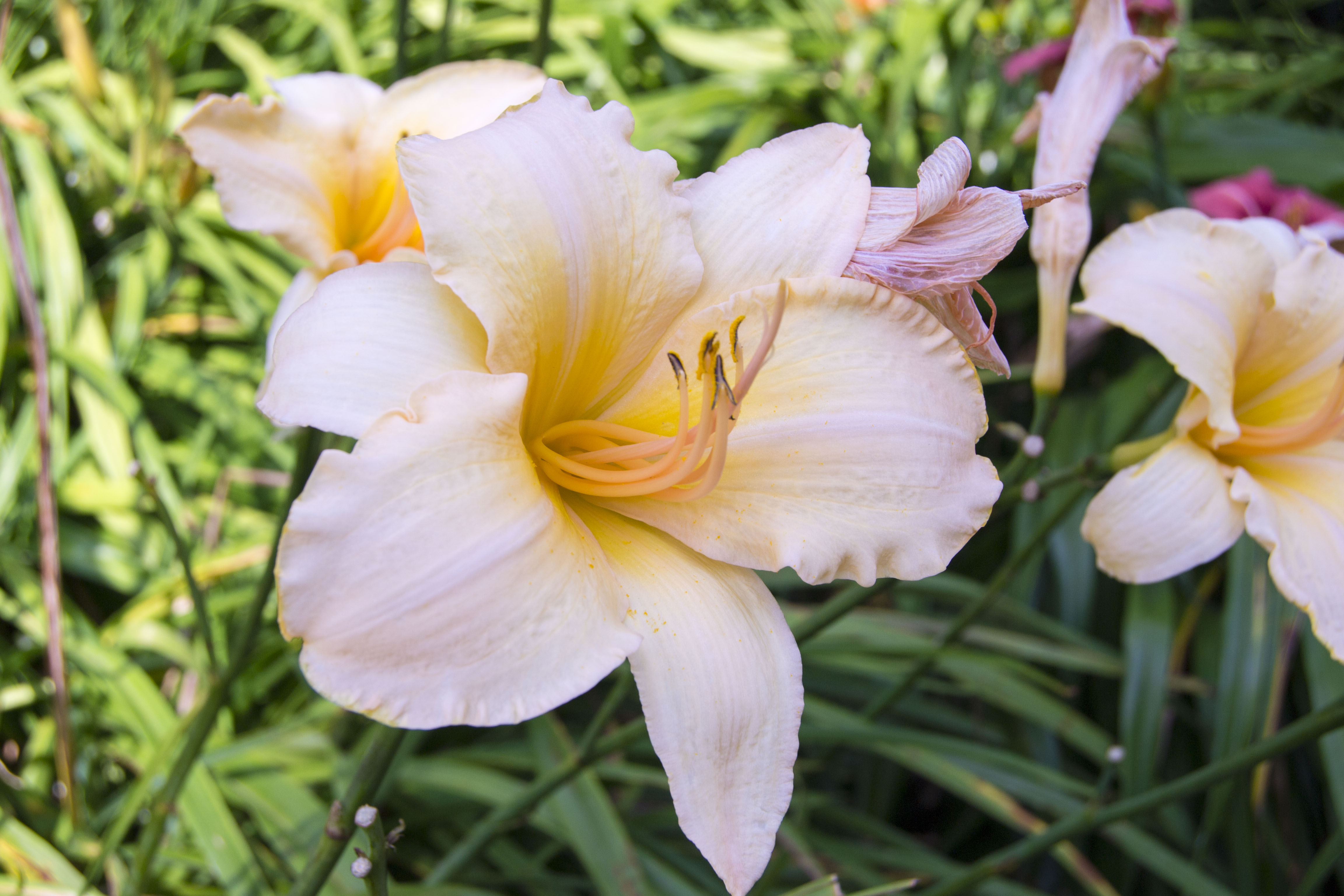
What Can Lilies Be Used For?
Just like many other flowers found at your local florist or even in your own garden, Lilies have so much more to offer than their spectacular beauty. Of course they look stunning when you put them on display in your living room or any other part of your home. They are also a popular choice when it comes to wedding flowers, funeral flowers and romantic bouquets. Their sheer beauty and aesthetic appeal is obvious but, what’s possibly not so obvious is the fact that they have so many other uses as well.

Pretty much the entire Lily plant can be used in cooking. In Asia, a product known as “golden needles” is extremely popular. It is, in fact, dried Lily buds and they give off a kind of musky flavour. The sweet petals are commonly used in desserts or as stuffing. As for the stems, their flavour is said to resemble that of asparagus or zucchini. Some even suggest that different Lilies have different flavours depending on the colours of their petals. The bulbs are commonly used in the same way as you would potatoes and other root vegetables. They have a sweet, crisp flavour and Tiger Lilies are specifically cultivated for their bulbs.

There are also medicinal uses associated with Lilies. For example, the Madonna Lily is believed to treat conditions like skin ulcers, inflammation, burns, rashes and even foot corns. The Tiger Lily is used to treat coughs, chest pains, sore throats and boils. They are said to contain anti-inflammatory and diuretic properties. Lilium Brownii possesses a number of properties that are associated with the treatment of a wide variety of conditions that range from your average cough to anxiety and even intestinal problems.
The Native Americans are very much familiar with the White Trout Lily. The bulb is used to treat skin inflammation, ulcers and wounds. It was also used externally to treat lymph glands and throats that had been infected with scrofula. The important thing to remember is that external use is strongly advised. The Native Americans do indeed consume the bulb but, if you have limited or no experience with regards to the delicate preparation process, it is best to avoid ingestion. The roots of the Wood Lily were also a popular choice among the natives as a treatment for coughs, stomach problems and fever. They would also make a tea from this Lily and use it to cleanse cuts and wounds. By doing this, the wounds would heal faster and the risk of infection was reduced.
With such a sweet smell, it’s easy to see why these flowers have been used to create a number of essential oils. Depending on the type of Lily used, the oil produced may be used on its own or blended with other oils in order to create an even better fragrance and enhance its effect.
Culinary, aesthetic and medical uses aside, the Lily (particularly the Easter Lily) is a very popular gift. For those of the Christian faith, the reference to this flower in the Bible has made it an important religious symbol. This is why it appears in so many different Christian works of art and is also a traditional Easter decoration.
